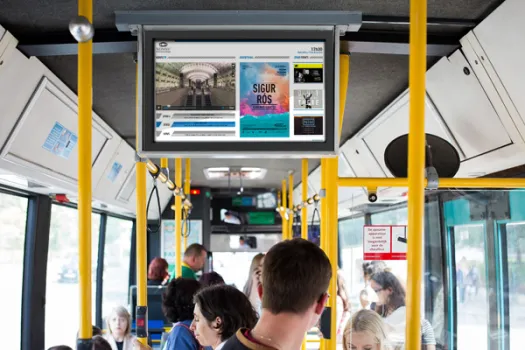Digital displays have revolutionized the way we interact with information and technology, and they’re now being used to enhance public transportation. In this article, we’ll explore how digital displays are improving the public transportation experience for riders.
Real-time information
One of the key benefits of digital displays in public transportation is their ability to provide real-time information. Digital displays can be used to provide up-to-date information on train and bus schedules, arrival and departure times, and any delays or disruptions. This allows riders to make informed decisions about their travel plans and reduces frustration and uncertainty.
Wayfinding and navigation
Digital displays can also be used to improve wayfinding and navigation in public transportation. By displaying maps and information about different routes, digital displays can help riders quickly and easily find their way around a public transportation system. This can improve the overall user experience and reduce the stress and confusion associated with navigating public transportation.
Emergency information and alerts
Digital displays can also be used to provide emergency information and alerts in public transportation. For example, digital displays can be used to provide updates and alerts in the event of a delay or disruption, allowing riders to make informed decisions about their travel plans. Digital displays can also be used to provide emergency information, such as evacuation procedures, in the event of an emergency.
In conclusion, digital displays are playing an increasingly important role in enhancing public transportation. By providing real-time information, improving wayfinding and navigation, and providing emergency information and alerts, digital displays are helping to improve the public transportation experience for riders. As digital display technology continues to evolve, it’s likely that these displays will play an even greater role in enhancing public transportation in the future.
Reference : USERSDT


